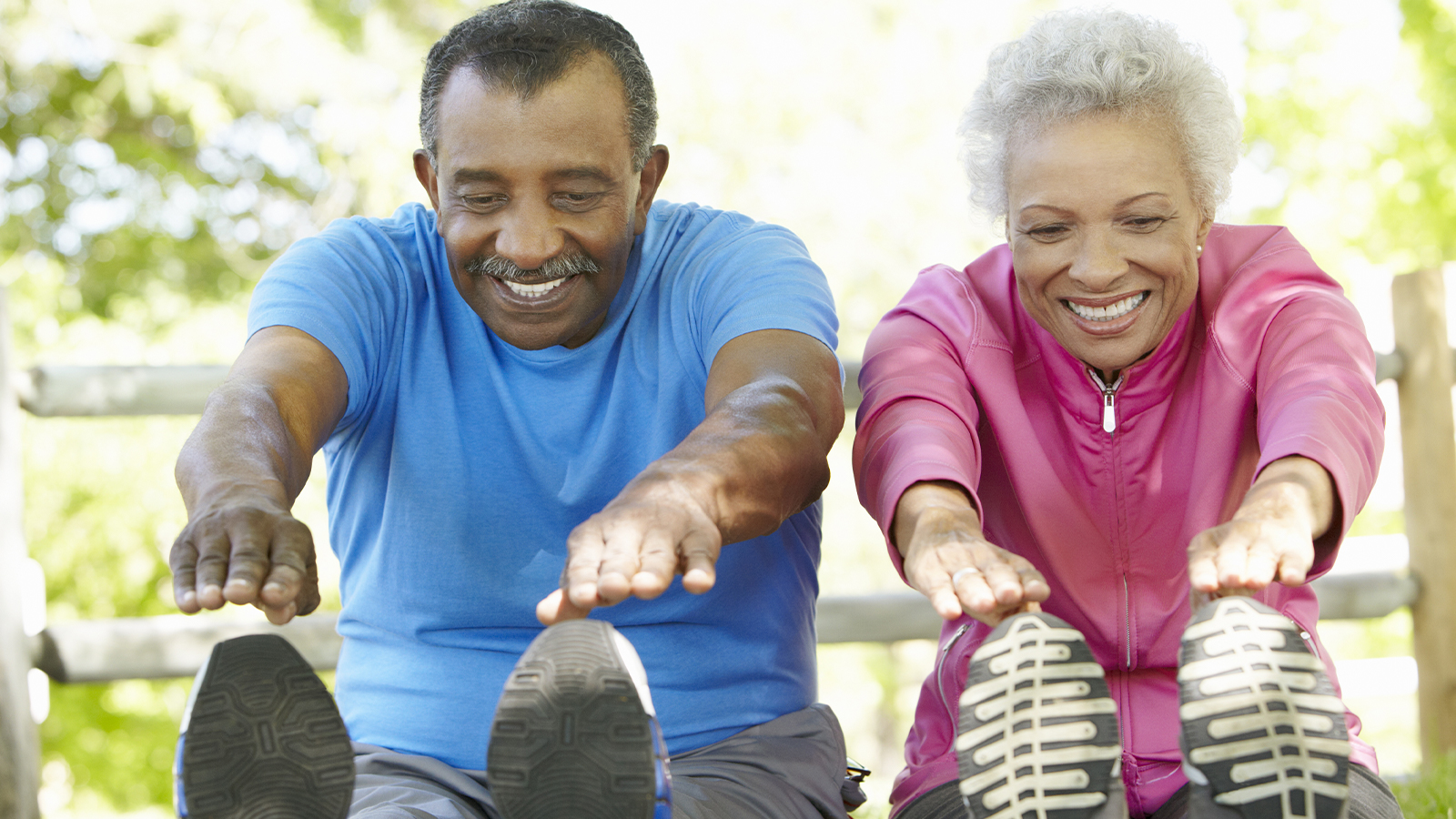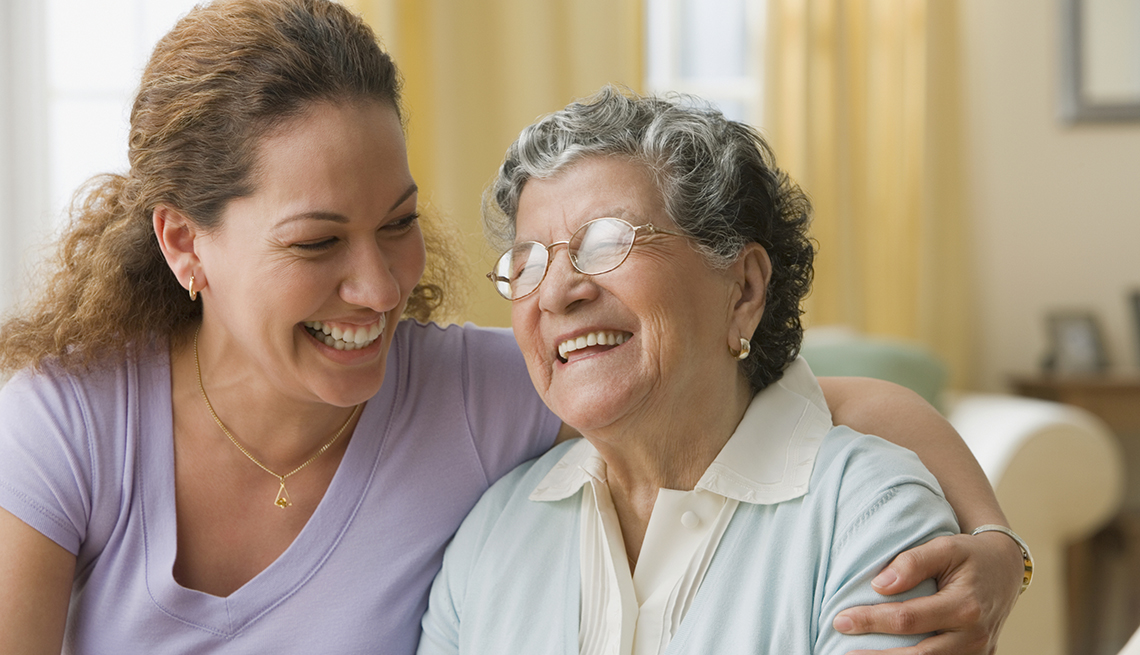Safe Chair Exercises for Seniors: Enhancing Strength and Balance
As our loved ones age, maintaining physical strength and balance becomes crucial for their overall well-being. However, the fear of injury or the lack of mobility can often deter seniors from exercising regularly. So, how can they maintain their mobility without risking injury?
Explore our comprehensive guide to safe exercises tailored for seniors. Find routines that prioritize safety while effectively building strength and balance.
Mindful Moving
The National Institute of Health recommends two and a half hours of moderate-intensity aerobic weekly exercise for seniors. This can look like a brisk walk, cycling, or dancing. Walking is one of the simplest yet most effective exercises. It helps improve cardiovascular health, strengthen muscles, and enhance balance. Even a short walk around the block or in a park can make a difference.
Gentle stretching can improve flexibility, reduce muscle tension, and enhance circulation. It’s especially beneficial in the morning to kickstart the day. Seniors can stretch standing or sitting.
Chair exercises offer a low-impact workout for seniors focusing on building strength, improving flexibility, and enhancing balance. From seated marches to arm raises, the benefits of chair exercises include building strength and improving balance.
Balance exercises help prevent falls. Simple activities like standing on one foot or walking heel to toe can significantly improve balance. Seniors can hold onto a sturdy chair or countertop for support.
The Centers for Disease Control and Prevention (CDC) recommends all adults include two days of strength training in their weekly workout regimen. Using light weights or resistance bands while focusing on major muscle groups like legs, arms, and the core will help build muscle strength. Remember to start with light weights and gradually increase as strength builds. No light weights around the house? Use objects like a bottle of water or milk jug.
Benefits of Chair Exercises
- Strength building: Regular chair exercises can help seniors build muscle strength, especially in the core, legs, and arms. This strength is essential for daily activities such as standing up, walking, and lifting objects.
- Improved balance: Balance is crucial for preventing falls, a common concern among older adults. Chair exercises can help enhance stability and coordination.
- Flexibility: As we age, our joints can become stiff. Chair exercises can aid in improving joint flexibility, reducing the risk of injuries.
- Mental well-being: Regular physical activity, even a low-impact workout, can boost mood and reduce feelings of anxiety or depression.
Effective Chair Exercises
Before your loved one begins performing any of these exercises, ensure that the chair is sturdy and doesn’t have wheels to prevent accidents.
- Seated marches: Sit straight with feet flat on the ground. Lift one knee as high as possible and then the other, mimicking a marching motion. This exercise helps in strengthening the legs and improving circulation.
- Sit to stand: As the name implies, sit in a chair and use the strength of the legs to stand up. For assistance, place a chair in front or cushions on the seat to decrease the distance. This exercise strengthens the leg muscles and enhances balance and stability.
- Chair taps: Sit at the edge of the chair and extend one leg out with toes pointing up. Tap the ground lightly with your heel, then switch to the other leg. This exercise is great for the calf muscles.
- Seated torso twists: Sit straight and place your hands on your shoulders. Gently twist your torso to one side, hold for a few seconds, and then twist the other way. This exercise is excellent for the core and improves flexibility.
- Arm raises: Hold a water bottle or a light weight in each hand. While seated, raise your arms to the side and in front of you. This exercise helps in strengthening the arms and shoulders.
- Ankle rolls: Extend one leg out and rotate the ankle in a circular motion. Switch to the other leg after a few rotations. This exercise is great for ankle flexibility and reducing stiffness.
Incorporating Chair Exercises into Daily Life
Consistency is key to making the most of these safe exercises for seniors. Encourage your elderly loved one to set aside a specific time for their chair workout each day. Starting with 10 minutes a day of low-impact workouts for seniors and gradually increasing the duration can make a significant difference.
Let Us Help Your Senior Remain Independent
Mobility helps seniors stay independent, as do in-home care providers like A Place At Home. If you’re looking for more guidance or resources on senior lifestyle care, we encourage you to find an A Place At Home location near you. Our team of professionals is dedicated to providing the best care and support for you and your senior loved ones.


